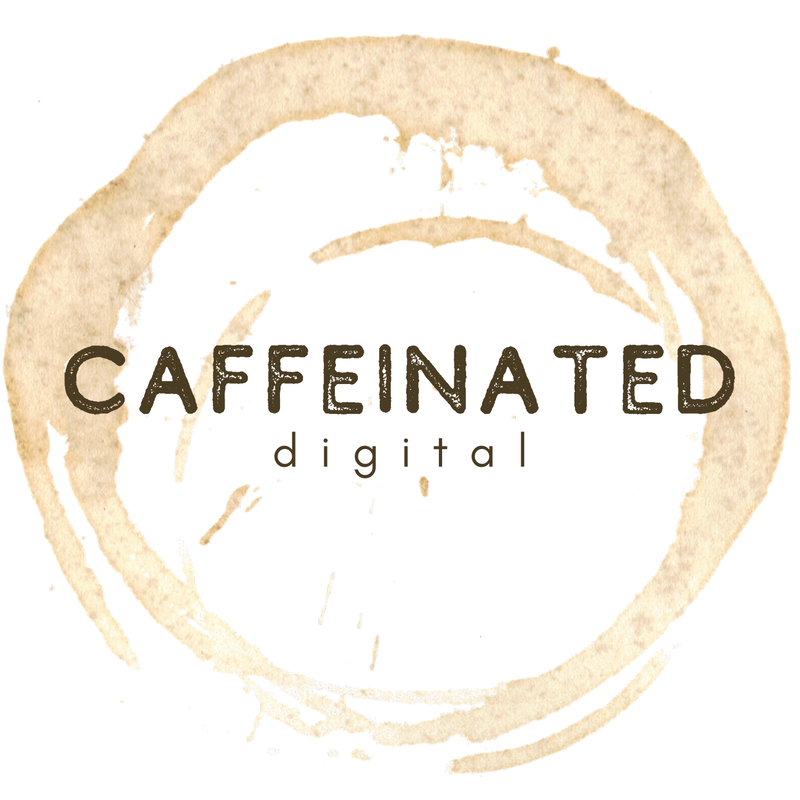|
Being liked on social media is addictive. As an individual it makes you feel great. As a business, it can make you feel successful. But the harsh reality is that it can be addictive, and detrimental if you follow it down a hole.
Many businesses shy away from social media because they fear it won't be liked or shared and that in turn is a bad mark on their reputation. On the flip side, many businesses try to post as much content as possible in the hope that some will stick and receive high numbers of likes and shares. Chasing likes and shares is a dangerous game. More likes and shares in no way translates to more sales or customers. Many businesses have put money behind social media content to 'boost it' and get it seen by more people and receive more likes and interactions. This results in a more popular social media page, but, sales or return on investment doesn't seem to follow. That's because social media is far more than a platform to sell your business or products. The idea that a post with hundreds of likes, comments and shares will translate to sales is misguided, and chasing those high numbers will inevitably lead you down a dark road trying to maintain this continued momentum. For example: If you post something promotional, such as "like and share this post to get a free product" you'll see a lot of people liking it, and sharing it, and in turn people seeing the shared post and re-sharing it and so forth. But what percentage of those people have no interest in your business or services, but only want something for free? The result is a post with huge positive social media engagement but very little return on investment. Consider this: Has the user looked at your page to see who you are, what you sell? Is the user in your demographic? Are the people they share it with interested in your business/products? Have they followed your page as a result of this interaction? Sure, it's great to look at that post and think it was a success, but how many people from that exposure became a customer, follower or interacted with you? Instead, focus on keeping your social media on-brand with a consistent narrative that communicates your business, products and message. This will undoubtedly result in lower 'popular posts' but more a more focused approach and engagement with customers. For example: A mechanic's garage publishes a post about bodywork repair, addressing issues like alloy wheel scratches, paintwork and cosmetic damage. It's not a massively interesting post, but a user who has a need for this service sees this post and leaves a comment asking "how much, or can you fix this". The garage interacts with the user and replies to their comment with helpful information and a lead is generated. This type of post may only reach a couple of people. But if one of those people generates a lead, it is far more beneficial than a post that reached thousands of people with no return on investment. The short answer is no, but there is more to it than a simple no. It mean seem logical to post more frequently. The more often you post, the more chance you have of being seen, right? Not necessarily.
Social media platforms like Facebook, Instagram and Twitter all have complex algorithms designed to deliver content to their users. Each social platform has different requirements. Instagram's focus is on rich media, namely photos, graphics and video. The main purpose of its platform is to share visual content in a short, digestible format. Twitter, is geared up for short bursts of information/communication commonly in text format. Facebook is more of a combination of the two. It doesn't necessarily matter on the media type, so long as it is engaging. It's important to consider that if you're posting content on a regular basis to maintain a presence for your business, it won't be as 'consumable' as other types of content, i.e. photography, art, humour etc. So posting product information and promos continuously won't entertain people as much as other content, and won't be interacted with as often. It is this reduced interaction that tells the platform algorithms people aren't as interested and will ultimately be classed 'less interesting'. It is this classification that will lower your exposure to users. Why? Platforms have an obligation to their users to show them the most relative content to them during their browsing time. They want users to like, comment and/or share as much content as possible to keep the platform active. Capturing a users attention during this short browsing window, i.e. while commuting, having a break or killing time is the key objective. So if you're sharing frequent content that isn't really engaging with anyone, the platform algorithm is going to ignore your content and ultimately show your posts less and less. That doesn't mean you shouldn't post regular updates, but consider the frequency and potential engagement. When planning your social media content, typically aim for no more than 1 post per day IF you have a variety of engaging content to post. It's recommended to publish between 3 and 5 posts per week, for standard communications. This leaves room for 'in the moment' content that should be shared there and then. Post less, be seen more. If you post periodically, the platform algorithms may push your content into the view of users with more importance because it's something they won't have seen or heard from that day, or the day before. We strongly encourage you post consistently and maintain a brand narrative but be careful not to chase likes and try to be seen every minute of the day. When posting content to social media it has to serve a purpose. Three common purposes include: Engage
Think about how your content will engage users. Is it something interesting? This could be anything from a menu, a price list or information on particular services. Represent Does the content represent your business or product? This could be a photo of the interior to attract customers, if it's something customers would visit. Offer Does the content offer something to users that isn't normally available? This could be a discount, special offer or even something useful such as extended opening times. While it may seem like common sense to publish content following these guidelines, many businesses tend to fall into the trap of posting the same content frequently. An independent coffee roaster may post photos of freshly roasted coffee beans which look great, but if that's all they're posting it gets very samey, repetitive and people won't care after a while. It's important to offer up variety while staying on-brand. Include photos of the premises, the packaging, staff working there to represent the business. Publish information on where the beans come from. What's involved in the roasting process and why your process makes the beans taste so good to engage users with your business. Let users know where they can purchase your coffee beans. Do you sell direct from the warehouse? What are you opening times? Offer them information that could help them make a buying decision. Work these different types of posts into your social media schedule to ensure a variety and constant message to your audience to help engage and offer something to your users while representing your business. Remember, it's not about chasing likes and publishing content that will get you large quantities of likes. It's about posting content that will engage, represent and offer your users a reason to follow you on social media. Posting funny content to get a laugh serves a one-time purpose only. Users will scroll on through their feed and immediately forget who you are and what you do. Social media is undoubtedly a great way to react to current events in real time, like trends, causes and particular movements. The ice bucket challenge became a virally charged movement in the year of 2014 and encouraged everyone to take part for a good cause. With just a phone and a bucket of icy water, anyone would participate and share with the world instantly. This is reactive marketing. Taking note of current trends and doing something to be a part of it.
But what about the rest of the year? Your social media feed should provide people with an insight into your business. Not just your take on current events. So it's important to plan content for your social media all year round. When you start to plan your social media, it quickly becomes apparent that a lot of work is needed. You need to think about:
For many of our clients, the first point is often the initial stumbling block. "What am I going to post?" One of the key aspects of social media is to identify what you can share to social media. Many non-traditional social media businesses find it hard to visualise how they can be represented on social media. So for example, a non-traditional business may be a small mechanics garage. To begin a social media campaign we must think about what we can communicate on social media. It's not just about pictures of cars and tools, but more of what is applicable to 'that' garage and why people on social media may value that information.
It's this type of information that builds a unique profile for a business that can separate them from competitors. Some garages may focus on performance and tuning, whereas another garage is all about providing a friendly, reliable service. After we have identified WHAT we can communicate on social media, it's time to think about HOW to communicate it. Let's look at some particular CORE VALUES and think about how we this can be communicated via social media. Friendly Atmosphere Photos of the mechanics, receptionist, happy customers and any quirky elements of the garage would help communicate this point. Clean Environment Photos of the garage, reception and waiting area that show a clean, warm environment that makes a customer feel comfortable. Not a greasy, oily second-hand sofa out the back. Affordability If the garage offers low prices, or payment plans with 0% finance to help customers manage their bills, this can be communicated through graphics. Taking just these three samples of what can be communicated, we have identified that a range of photography is needed, as well as some graphic design to effectively communicate these CORE VALUES. Not only is planning for the content creation needed, but the distribution is also important as they need to be communicated via social media ALL YEAR ROUND to maintain an ongoing message. This can be quite a daunting task to plan and schedule when you're going to do this, including the execution. So if you want to self publish your social media content, we advise preparing a content calendar to do so. The best way to do this, and avoid additional stress is to work with a social media manager. Like us :) Many businesses and brands don’t post content to social media with the fear that they will not get any likes which will in turn make them look bad. After all, if you’re posting something you’re proud of and nobody likes it, this has to seem like a bad mark on your product, right?
So, many smaller businesses that fear they cannot create content that people will like, end up refraining from posting any content at all, leaving their social media profiles empty and/or not updated regularly. Well that’s not necessarily the case. The previously held notion that social media is all about likes and followers doesn’t apply to every business. Sure, if you want to be an ‘influencer’ then it’s important to have a lot of followers who like your content so you can content getting free stuff from brands. But for the majority of businesses using social media, it’s not about chasing likes. Social media provides users with a window into your business; an insight into your philosophy, your products, your workplace, your staff outside of the store-front image. If your business is heavily focused on renewable, eco-sourced and recycling friendly products then this narrative can be told through social media with posts about what you do, how you do it and why you do it. You shouldn’t expect people to immediately LIKE YOU as a company, or your products because of this, but you are making it known how you operate and to those who value this socially conscious approach, if they see this they may be inclined to visit/buy from you. Without talking about this, potential customers may never know. By posting regular content on social media, you can naturally grow your business presence and build that audience organically. Those who see what you do and like it, will follow you. They will appreciate your brand and efforts. Your website or store-front is where customers can purchase your product. Your social media should communicate who you are and what you do visually on a regular basis from day to day. It gives users an insight into your business during their daily social media routines. Let's look at a coffee shop as an example. We know they sell coffee. So it's not about advertising "we sell coffee" every day on social media. BUT, what if this particular coffee shop closes their cafe at 5pm BUT is still open until 10pm serving coffee to takeaway? That is worth mentioning on social media because not every coffee shop does this AND, this will be very useful info to people who want a good coffee after hours. Perhaps while the kids are at football practice, after school class, scouts etc... This is a NICHE. Some businesses don’t utilise social media because they feel their business, product or service isn’t something they can show off on social media.
This is wrong. Any business, service or professional can use social media. Some businesses are set up perfectly for social media, such as coffee shops, eateries and bars where they can post funky photos of coffee, food and drinks with happy customers and good times. But what about less exciting businesses like an accountant, plumber or yoga instructor? At Caffeinated.Digital, we look at any business or professional and realise the potential for social media. Let’s take an accountant. An absolutely essential profession, but not the most exciting to discuss or engage with. (Apologies to all the accountants out there...) So how do we address that? Social media is about communication. So for an accountant, it’s about communicating what services they offer. What qualifications they have. What their prices are. What advice they can provide. Do they work from an office, or will they visit you at home? Do they specialise in the charity/non-profit sector? Let's look at: "Do they work from an office or will they visit you at home?" This may not seem immediately important, but offering this service could set one accountant apart from the next. For some self employed/business owners, they may be physically disabled and working from home. An account who can come to their home by appointment would be hugely beneficial for those who find it difficult to travel. If home appointments is something an accountant offers, they should be communicating this service. How about: "Do they specialise in the charity/non-profit sector?" Charities and non-profit organisations need an accountant just as much as any other business, but their status may qualify them for particular funding, grants or exceptions. An accountant who is fluent in the charity/non-profit sector could help with tax relief and expenses with a deeper knowledge than a standard accountant. These are two unique forms of service that could apply to one accountant over another so it makes sense to communicate this on social media. As outlined in our article here, a post could be picked up by a related organisation and shared to those who may require specialist accountancy services for the charity/non-profit sector. There will always be your preferred method of social media. The original mostly being Facebook as it was always encouraged to have a Facebook page for your business. But then along came Instagram and changed the game with its visual representation of products and services i.e. coffee shops, eateries and attractions. It was also much easier to reach a wider audience with Instagram, due to the nature of the platform being open and public and the reliance on hashtags and location tagging.
Then there is Twitter. Many often overlook Twitter because they either don't use it, don't get it or don't see the point of using that platform. However, it should be considered how others use that platform and how it could potentially benefit your business or audience. For example, many councils and local authorities use Twitter as a means of communication with the community. It's an incredibly fast and efficient way to get information out to the masses with links and rich media as required. It can be retweeted/shared instantly and relevant organisations can be 'tagged' in any tweet to get their attention. Instagram doesn't really have a 'share' feature. Certainly not on the scale of Twitter. Facebook does offer sharing, but this is mainly within a closed network of people you are friends with. Twitter on the other hand has a powerful ability to reach a large amount of people instantly. So for example, getting back to councils and local authorities. They use Twitter to announce road closures, works, events and updates to their followers. They will be followed not only by members of the public, but other organisations too, like charities, service providers and other businesses. Let's say your business is a small mechanics garage. Winter is coming and you offer new tyres, snow tyres, replacement windscreen wipers etc. You write and publish a PSA (Public Service Announcement) informing drivers how they should adapt their driving habits in the winter. This PSA is good, useful information for all of the community and general motoring advice. You could tag your relevant local council, breakdown organisations, tyre brands (that you stock) and wiper brands (that you stock). The local council may retweet this because it informs the community of relevant seasonal driving advice. They're sharing good advice. The breakdown services may retweet this as it offers their customers useful advice to help keep them safe on the road. The tyre and wiper brands may retweet this as it's an opportunity for the public to take heed of this advice and purchase new tyres or wipers they manufacture. All of which publicises your content and indirectly, the service you offer being promoted by relevant businesses and organisations. See the graphic below to visualise how one piece of content can be distributed across ONE social media platform, in this case; Twitter. Some businesses have an easy product or service they can promote on social media. For example, a coffee shop can post endless photos of gorgeous looking coffee in posh cups and fancy surroundings. AND, people who visit there love to take photos of their gorgeous coffee in their posh cups and fancy surroundings. But what if your business is a small barber shop. It's a small space and how many photos of a haircut can you post, realistically? There are many barbershop social media profiles that show endless photos of skin fades, haircuts and beard trims. But what does that say about the business? It's not negative, but it shows they cut hair... great but what separates them from another barbershop and why should you care? That's where we come in. We see social media as an insight into a business. A window for a social media user to get a glimpse of a business through their preferred social media platform, be it Instagram, Facebook or Twitter. A company's social media channel is a huge opportunity to show people so much about your business, that you can control and curate. So, taking into consideration a social media profile for a Barbershop, here are a list of ideas for content that we can use to create a social media profile:
All of these queries can be answered and presented through well taken photos and editorial content. See a few examples below: These 6 simple images provide an instant insight into Bell's Barber Shop. From these social media posts, a user can immediately see that:
If you're a barber running a small shop and cutting hair, it's very difficult to create this content and maintain ongoing social media distribution on a regular basis. Sure, anyone can snap a haircut on a mobile phone and push it to Instagram, but what about Facebook, and Twitter? We not only take care of the distribution, we take the photos, create the content and manage all 3 social media profiles. Never worry about your social media profiles again. |
Get Caffeinated!A huge resource of content we've written to help you understand social media. Archives
June 2020
Categories
All
|

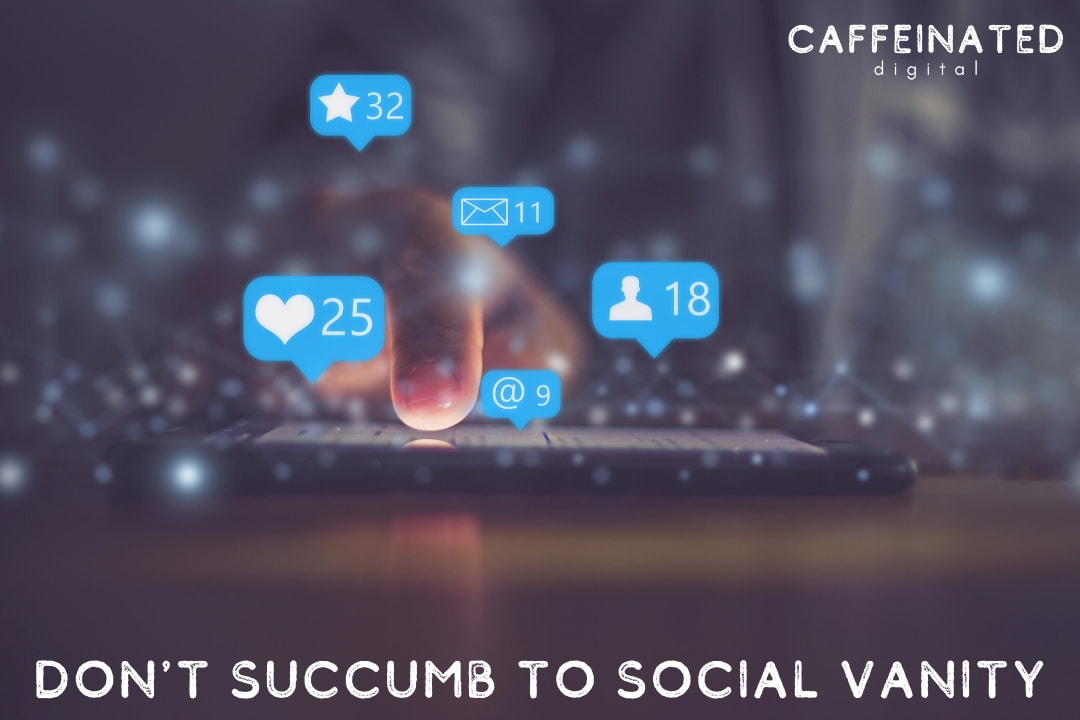
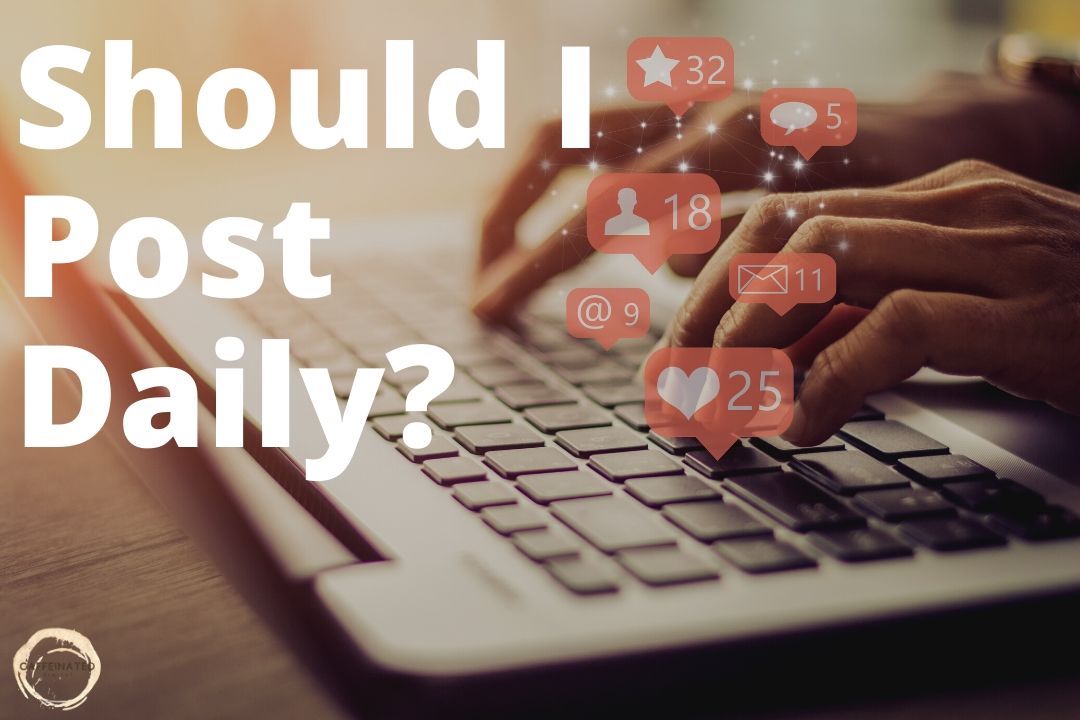
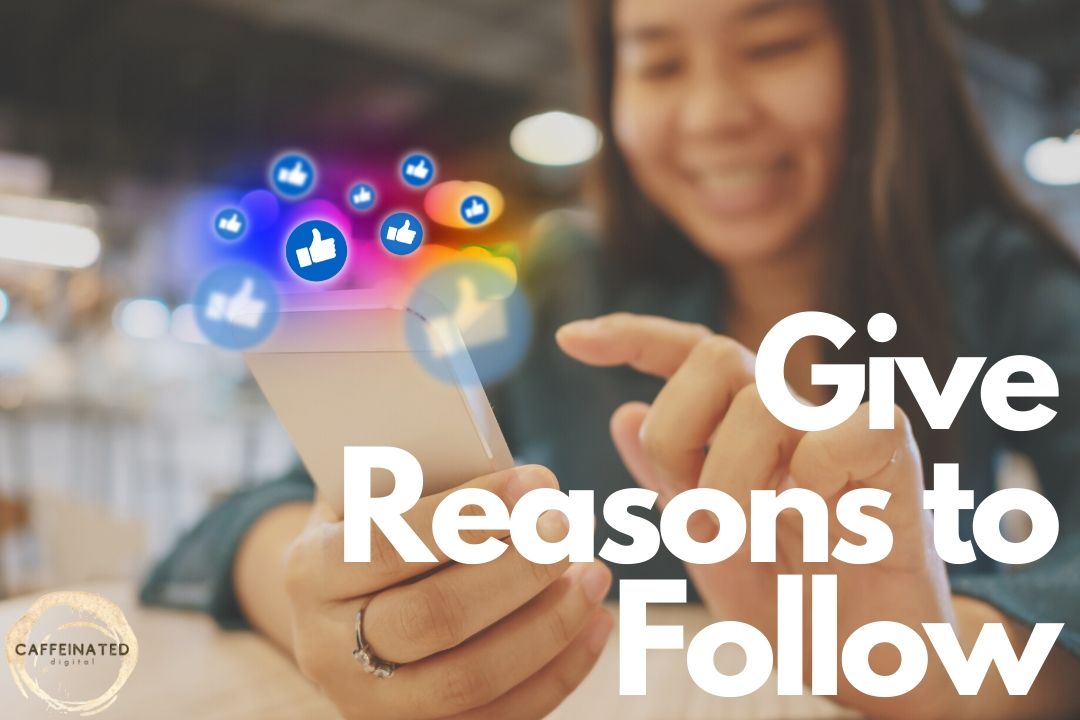













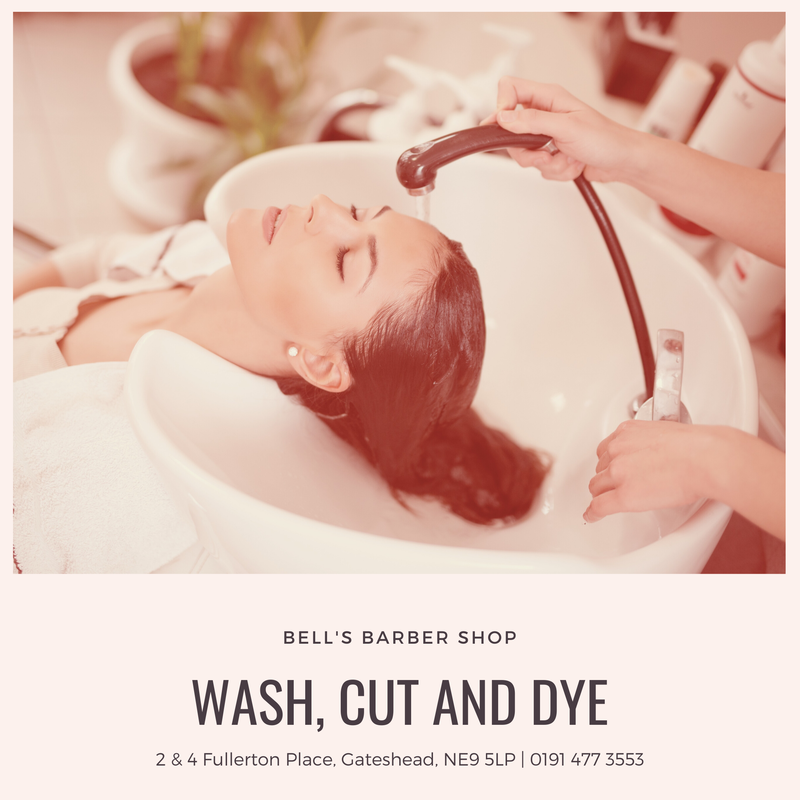
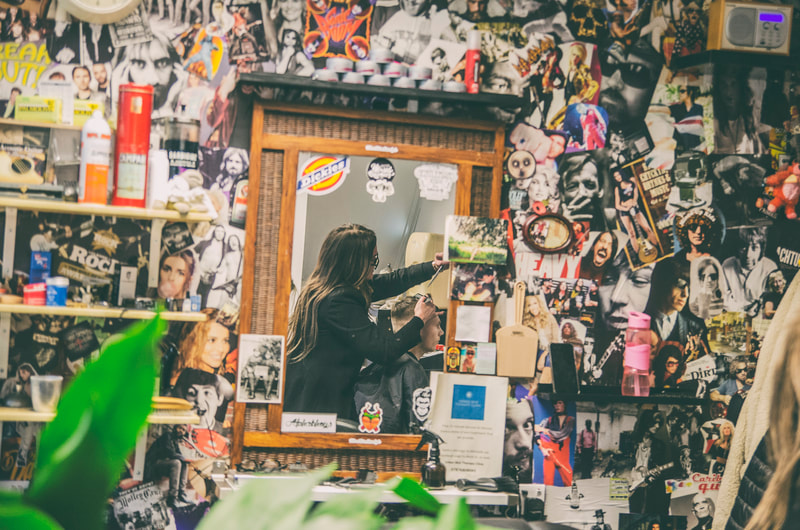
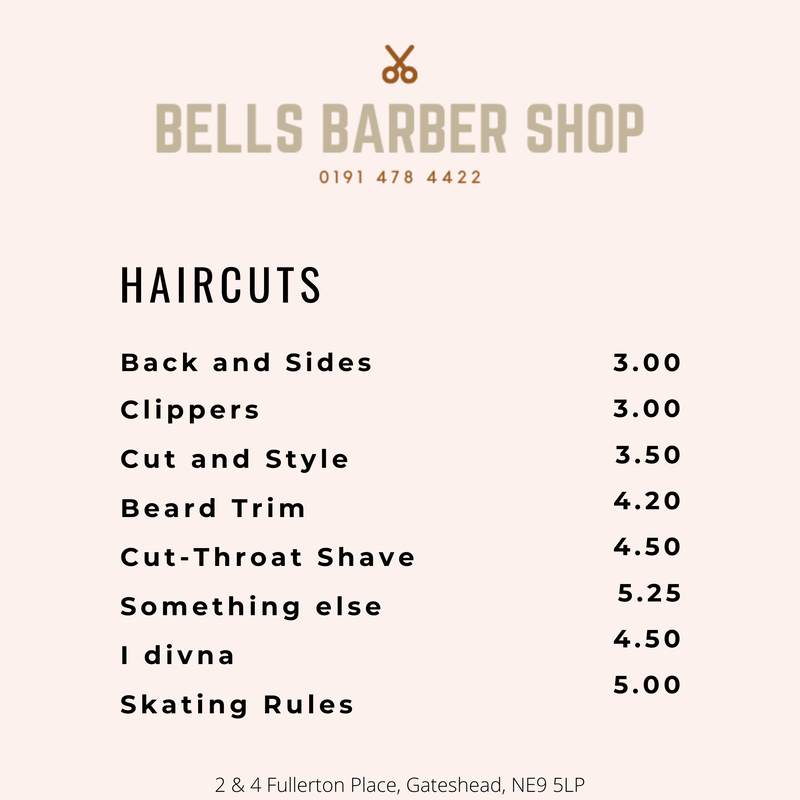


 RSS Feed
RSS Feed
